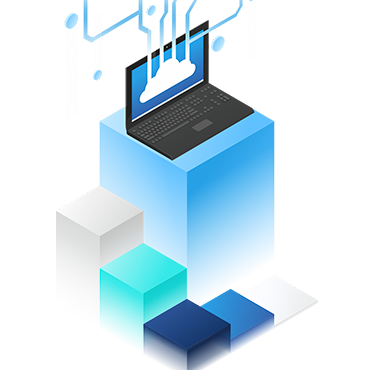Glossary

Updated 16 Aug 2024
Web 2.0 represents a significant evolution of the internet, transforming it from a static collection of websites into a dynamic platform that fosters collaboration, interaction, and user-generated content. This term, coined in the early 2000s, encapsulates the shift towards a more social and participatory web experience, where users are not just consumers of information but also contributors and creators.
Before the advent of Web 2.0, the internet was predominantly a space for information retrieval. Websites were primarily static, offering limited interaction. Users could read articles or view images, but their engagement was minimal. With the introduction of Web 2.0, the internet began to evolve into a more interactive and social environment.
This evolution was driven by advancements in web technologies, enabling developers to create applications that facilitate user interaction. Technologies such as AJAX (Asynchronous JavaScript and XML) allowed for more responsive web applications, making it possible to update content dynamically without reloading the entire page. This capability laid the groundwork for the interactive experiences that define Web 2.0.
One of the hallmark features of Web 2.0 is the emphasis on user-generated content. Social media platforms, blogs, and forums empower users to create and share their own content. Websites like YouTube, Facebook, and Wikipedia exemplify this shift, allowing individuals to contribute information, share experiences, and connect with others.
Social networking is another defining aspect of Web 2.0. The rise of social media applications has transformed how people communicate and share information. Users can connect with friends, family, and colleagues, fostering a sense of community and collaboration. This social aspect has made the internet a vital tool for personal and professional networking.
Web 2.0 technologies promote collaboration and sharing among users. Platforms like Google Docs and Trello enable multiple users to work on projects simultaneously, enhancing productivity and teamwork. This collaborative spirit extends to various applications, where users can co-create and share information seamlessly.
The user experience has significantly improved with Web 2.0. Websites are now designed to be more engaging and visually appealing. Rich media content, such as videos, podcasts, and interactive graphics, enhances the way users consume information. This focus on user experience encourages longer engagement and deeper connections with content.
The shift to Web 2.0 has revolutionized how information is shared and accessed. With the proliferation of social media and user-generated content, information spreads rapidly across the internet. Users can easily share articles, videos, and other content, amplifying its reach and impact.
Moreover, the democratization of information has led to diverse perspectives being represented online. Individuals from various backgrounds can share their insights and experiences, enriching the overall discourse. This diversity fosters a more informed and engaged online community.
While Web 2.0 has brought numerous benefits, it also presents challenges. The abundance of information can lead to misinformation and the spread of false narratives. Users must critically evaluate the sources of information they encounter to discern fact from fiction.
Additionally, privacy concerns have emerged as a significant issue in the Web 2.0 landscape. With increased sharing of personal information on social media platforms, users must navigate the balance between connectivity and privacy.
Web 2.0 has fundamentally transformed the internet, creating a more interactive, social, and collaborative environment. Through user-generated content, social networking, and rich user experiences, the web has evolved into a platform that empowers individuals to connect, share, and collaborate. As technologies continue to advance, the future of the internet will likely build upon the principles of Web 2.0, further enhancing the ways we interact with information and each other. Understanding this evolution is crucial for navigating the digital landscape and leveraging the full potential of the web.
Our newsletter (you’ll love it):